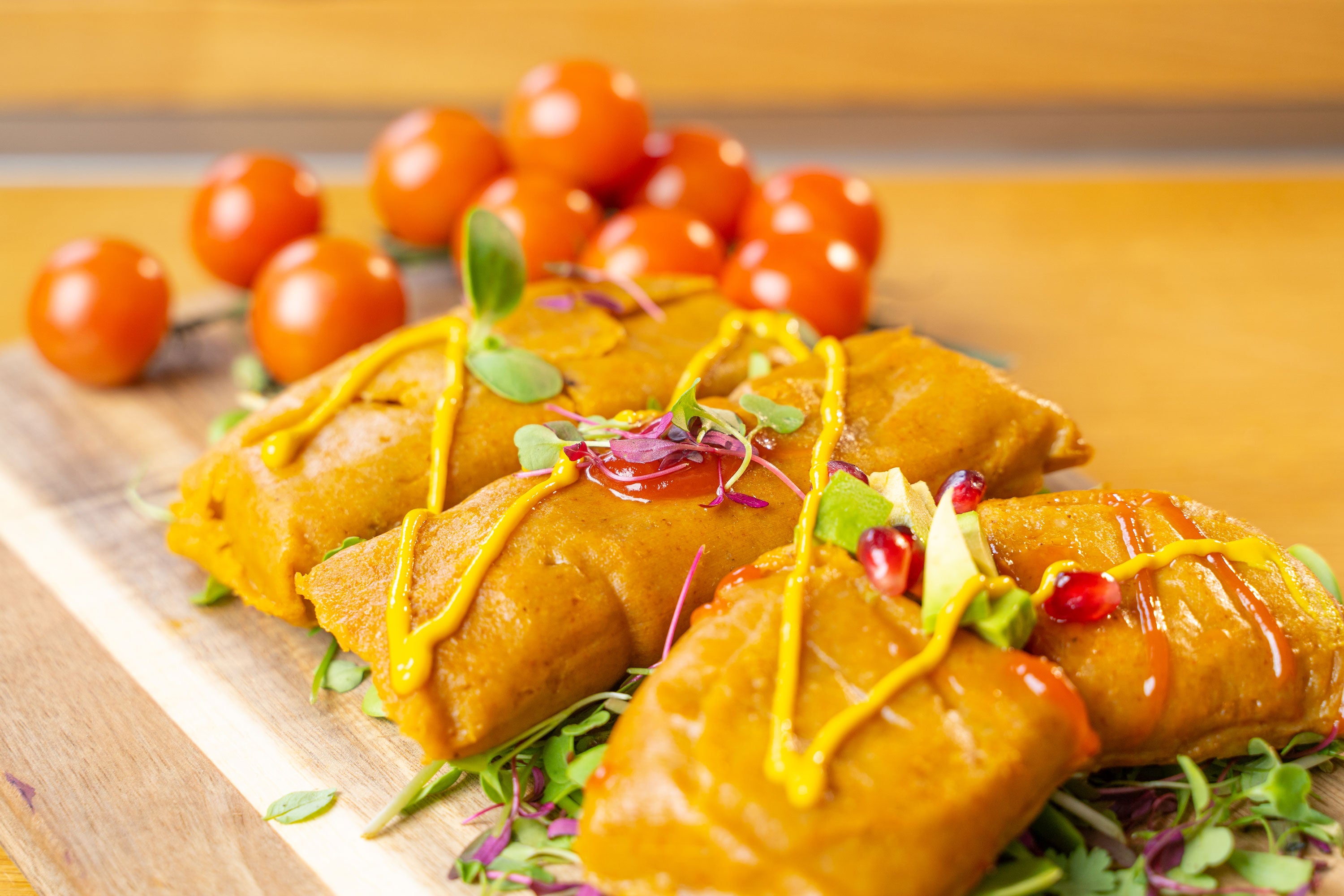|
Pasteles en Hoja are seen throughout all America, but in other countries they have other names such as tamales (made from corn) or ayacas as they are called in Venezuela. In Brazil they prepare them with yucca or green bananas and in Colombia, they first wrap them with a cabbage leaf and then a banana leaf. In Puerto Rico, most of them are made from ripe banana. Some historical data indicate that they are of African origin, since in this continent it is customary to cook in banana leaves. The African cake is basically composed of cassava or green banana without filling and is used to accompany meats. In most of these countries the tradition was handed down from the indigenous people. Some data indicate that in the Dominican Republic it began in San Cristobal, introduced by Isabel Coiscou at the beginning of the 20th century. This town is characterized by its tasty cakes, like San Pedro de Macorís.
|
Los pasteles en hoja se ven en toda América, pero en otros países presentan otros nombres como tamales (a base de maíz) o ayacas como le llaman en Venezuela. En Brasil los preparan con yuca o guineos verdes y en Colombia, primero los envuelven con una hoja de repollo y luego una de plátano. En Puerto Rico la mayoría son elaborados a base de plátano maduro. Algunos datos históricos indican que son de origen africano, ya que en este continente se acostumbra a cocinar en hojas de plátanos. El pastel de África está compuesto básicamente de yuca o guineo verde sin relleno y se usa para acompañar las carnes. En la mayoría de estos países la tradición se transmitió desde los indígenas. Algunos datos indican que en República Dominicana inició en San Cristobal, introducidos por Isabel Coiscou a principios del siglo XX. Este pueblo se caracteriza por sus sabrosos pasteles, al igual que San Pedro de Macorís. |
History of the Dominican Pasteles en Hoja | Historia de los Pasteles en Hoja Dominicanos
By HENRY GARCIA

